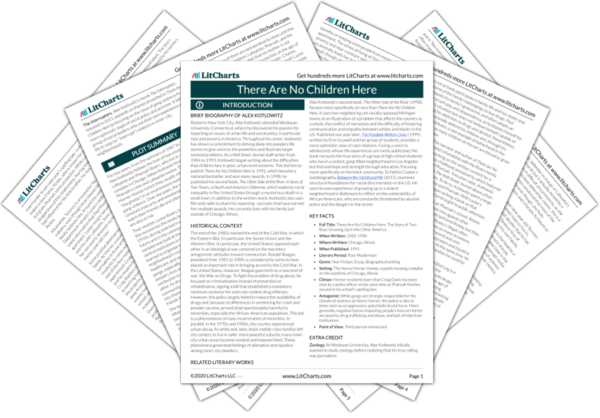The government’s initial decision to let illegal groups such as gangs perform good deeds in their neighborhood suggests that the government lacked either the funds, resources, or, perhaps, political will to do so itself. However, the limitations of the gangs’ positive actions serves as a reminder that—unlike the government—their main goal is not to please local residents or to effect social change, but merely to protect their business interests and maintain their territorial dominance. In this way (as well as in Jeff Fort’s more obvious anti-state actions), gangs’ objectives often clash with the government’s efforts to improve people’s living conditions.
